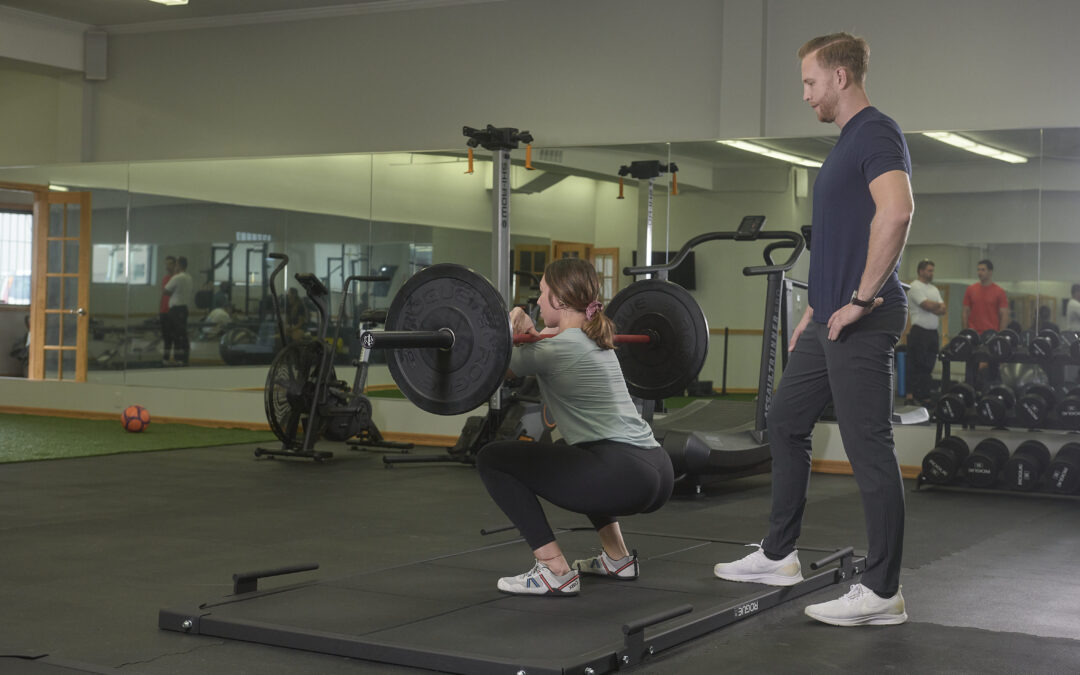
Exercises For Knee Pain
What are some exercises we can do for knee pain? First, we have to get to the root of the problem. Where is the pain located? Is it in the front of the knee, the back of the knee, the inside, the outside?
We should then ask if the pain came on acutely or came on gradually. Was there any incident that caused the pain? For example, did you have any trauma where you fell on it, twisted it, heard a pop etc. If this is the case and it’s less than 10 days from the injury, we should be cautious in our approach and probably prioritize rest and low level exercises or movement. Conversely, if the pain came on gradually with no obvious cause, we should determine if you’re fairly sedentary or active. Sedentary individuals most likely have pain due to lack of movement or they were exposed to more stress than usual and should probably begin a training regiment of some sorts. Active individuals are more likely prone to an overuse injury or mechanical problem.
As you can see, coming up with the right formula and exercises for knee pain can vary greatly based off of your activity level, the acuteness of the injury, and if there was any trauma. But let’s assume that your injury has been there for a few weeks, your knee pain has either stayed the same for a while or has only mildly improved. It’s probably time for you to start moving and trying something. Disclaimer: the process and exercises below are just a guide, please book an in person or a virtual appointment with us for a more specific plan to reduce the probability and likelihood for aggravating an injury.
Exercise Progression:
Please perform these exercises IN ORDER. Each exercise progression is designed to either increase positional intensity or load to different structures around the knee. If the exercise feels completely pain free, please move on to the next exercise. If something hurts but improves the more you do, please continue to move forward. If something hurts a lot, or gets worse as you do them more then please stop and try training the exercises below the level that hurt for 3-4 days and then try again. For example, if #1-4 all feel fine, progress to #5. If #5 hurts a little but then feels better the more you do them, continue to move on to #6. If you have pain at #5 that doesn’t improve or gets worse, STOP here and practice #’s 1-4 for a few days before retrying to see if #5 now feels better.
- Walking
- Glute bridges (2 legs)
- Single leg glute bridges
- Half Squat
- Full Range of Motion Bodyweight Squat
- Loaded Squat
- Lunge
- Lateral Lunge
- Loaded Lunge
- Loaded Lateral Lunge
- Two Footed Jump
- Single Leg Jump
- Jog
- Sprint
Follow the directions above explicitly. If you find yourself stuck at a certain level for greater than a week or it is only bothering with very specific positions, please schedule an appointment with us.
For video instructions for the above exercises, please see the YouTube channel here.



